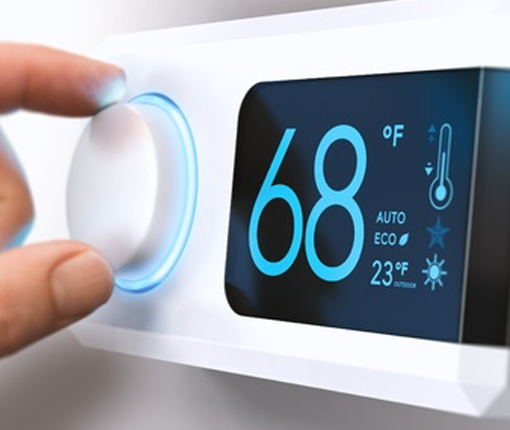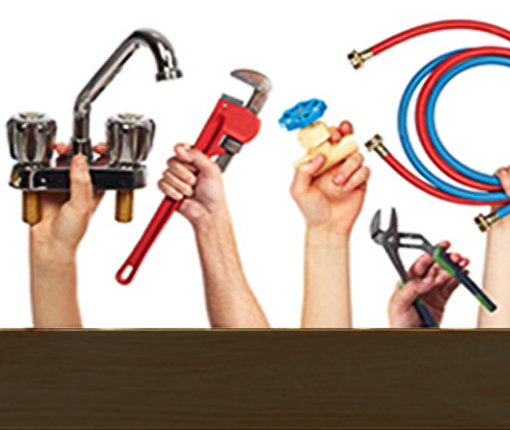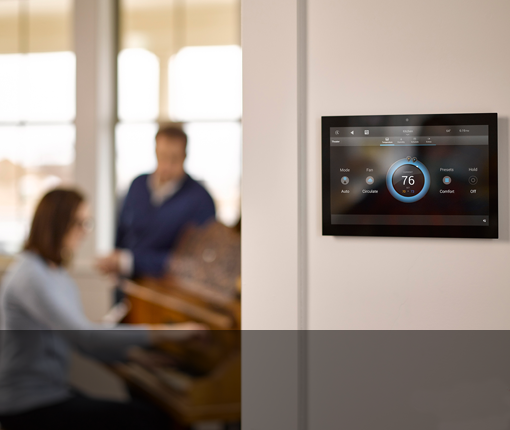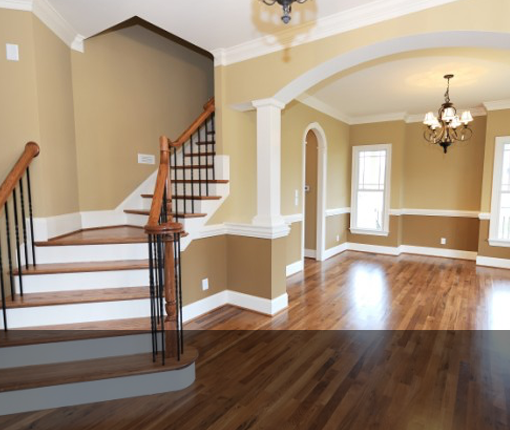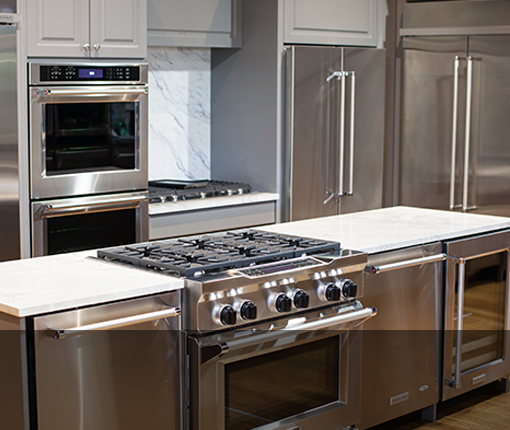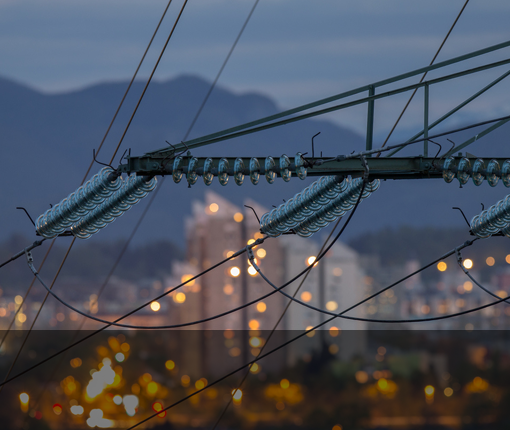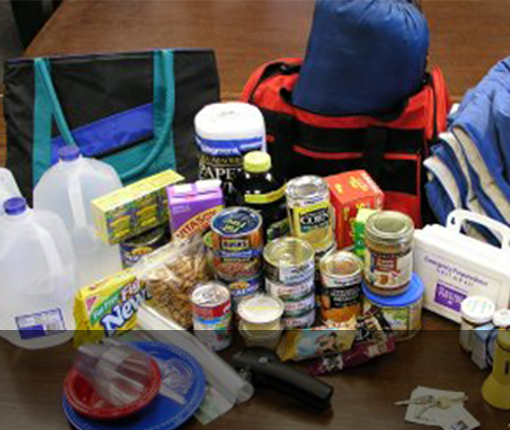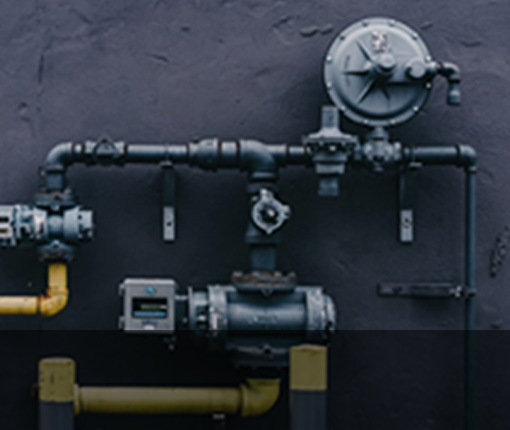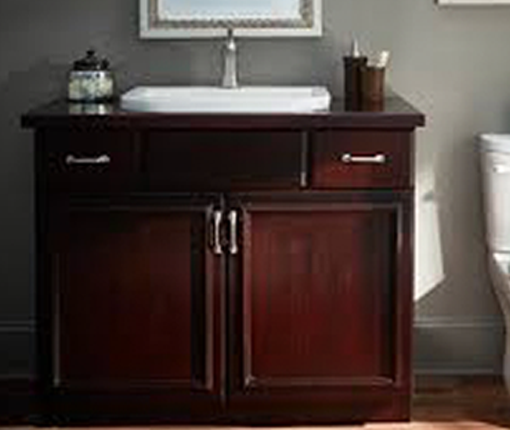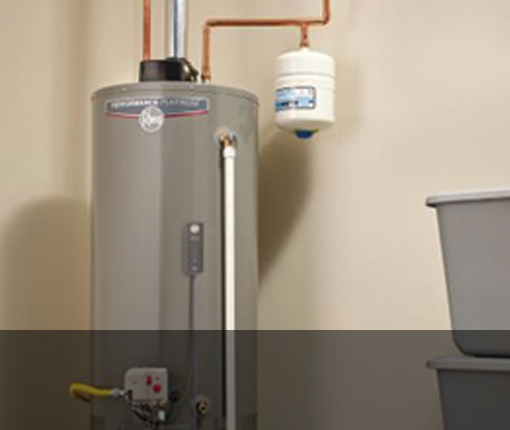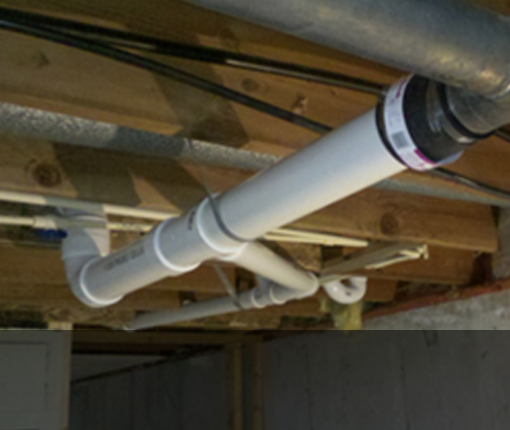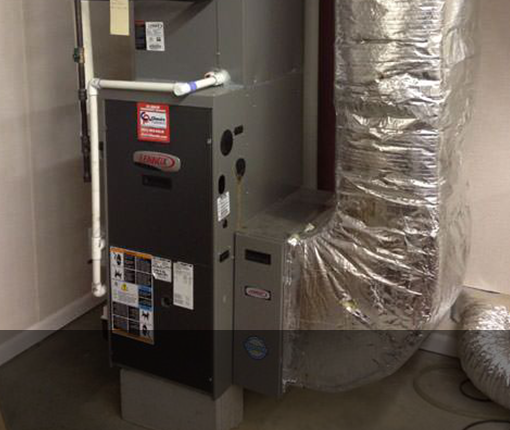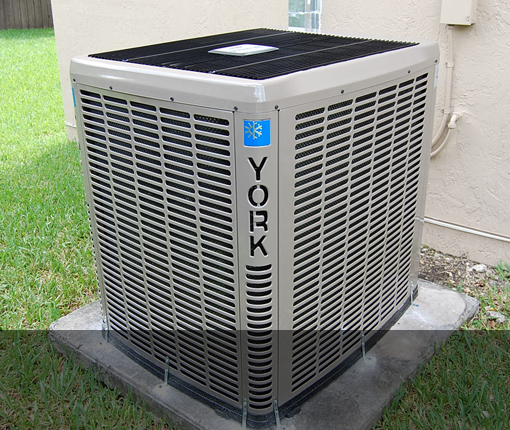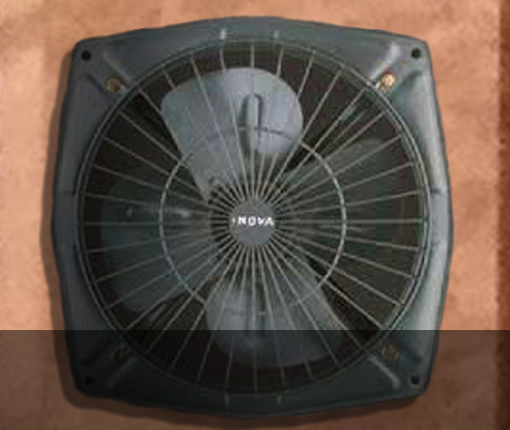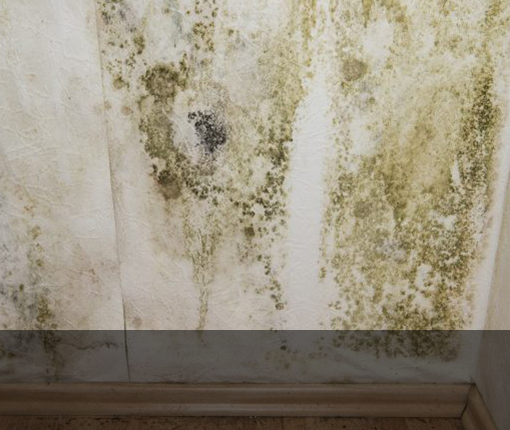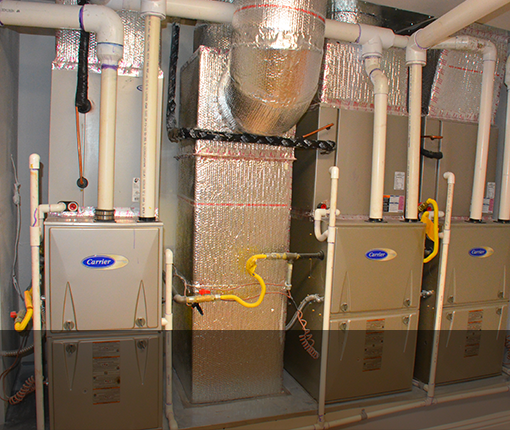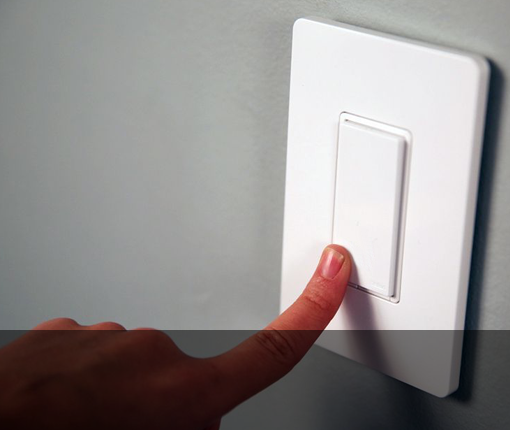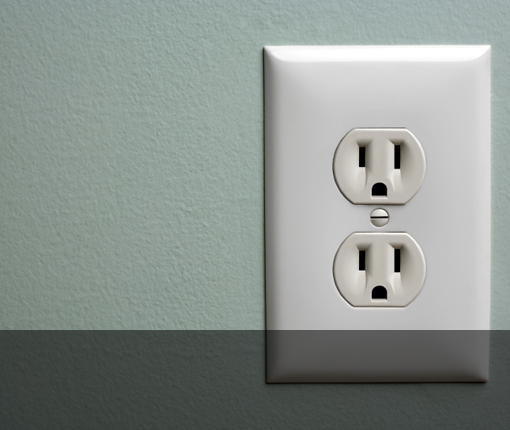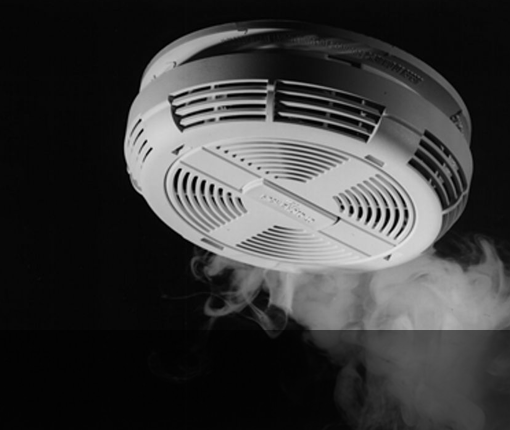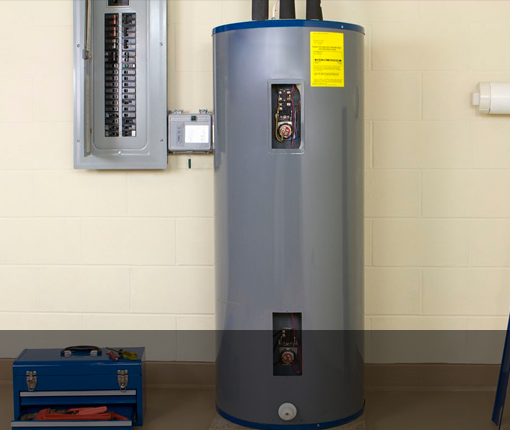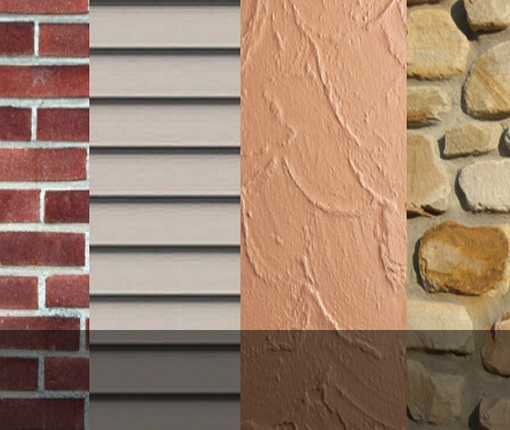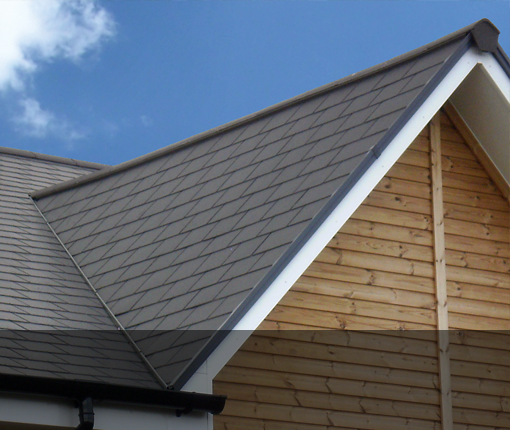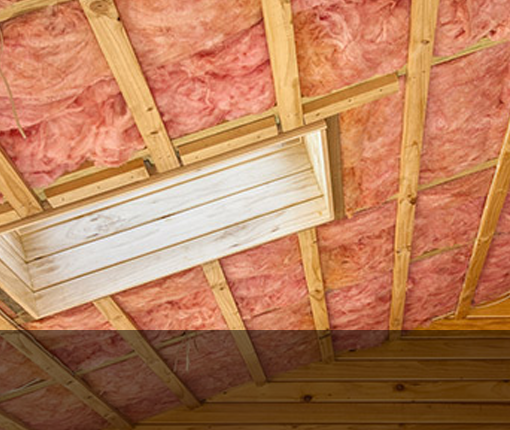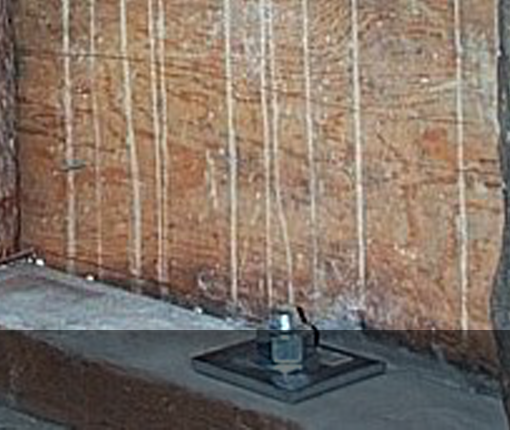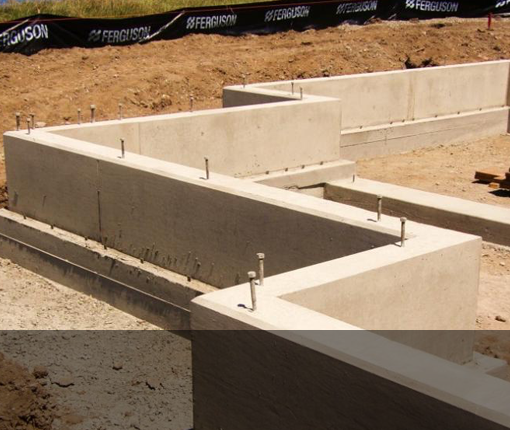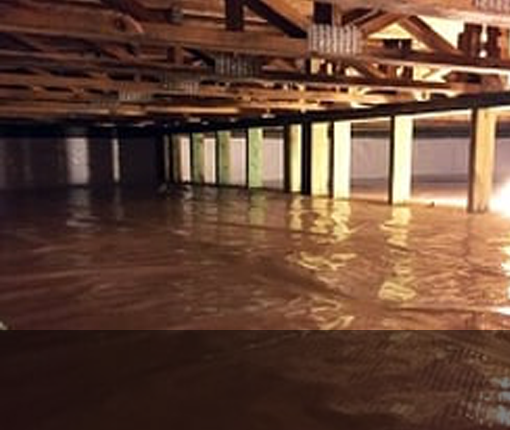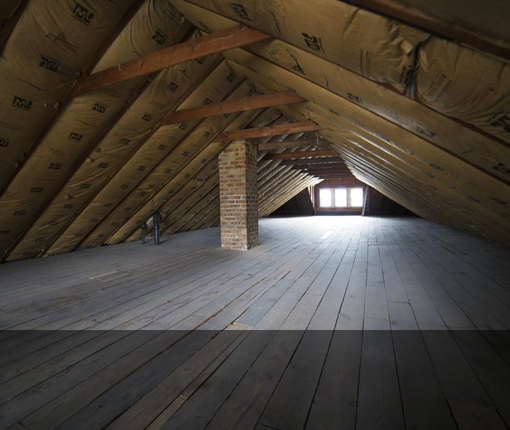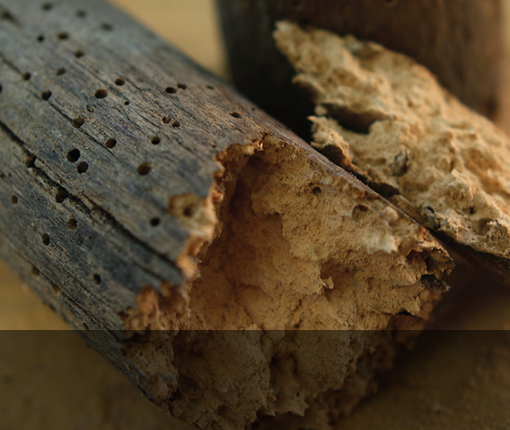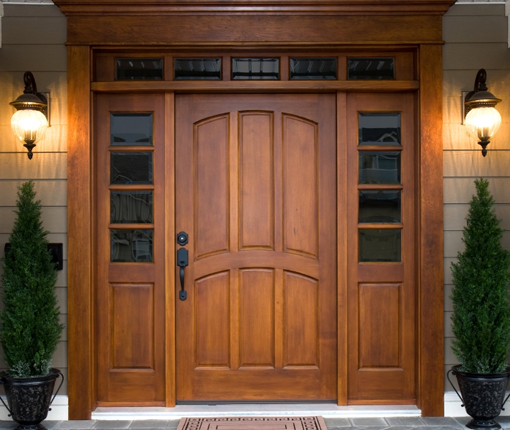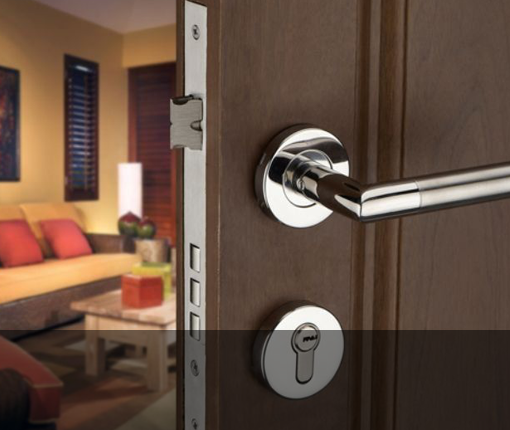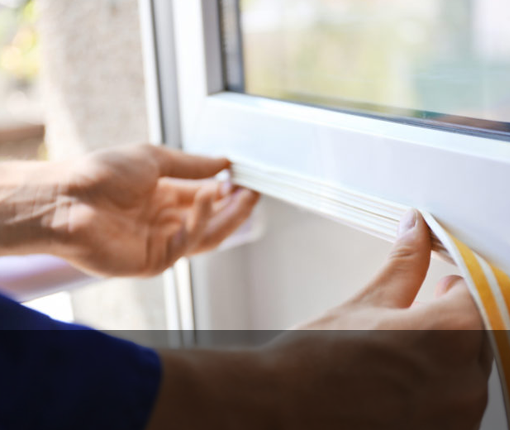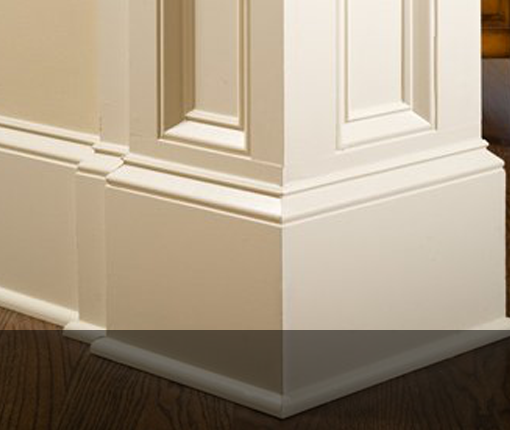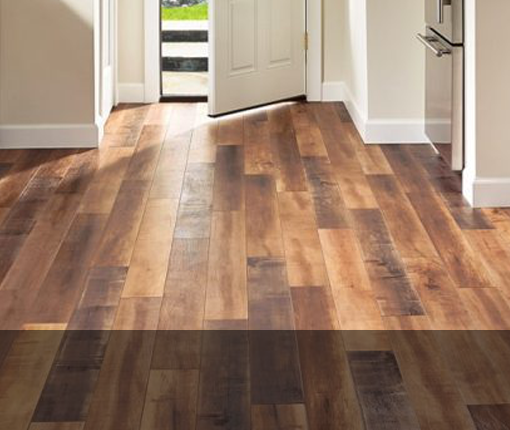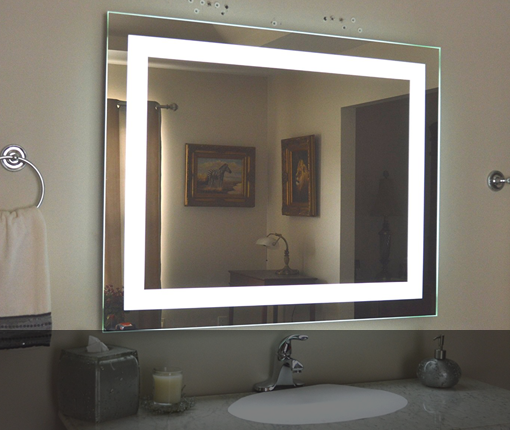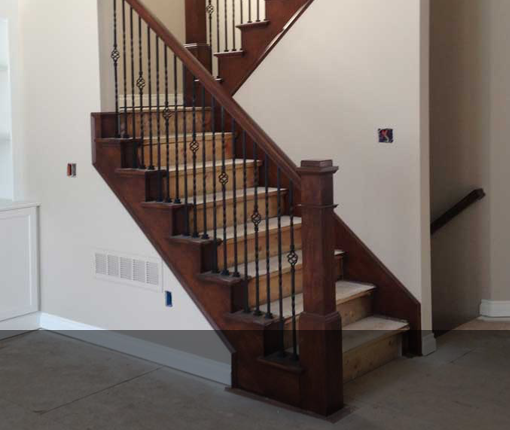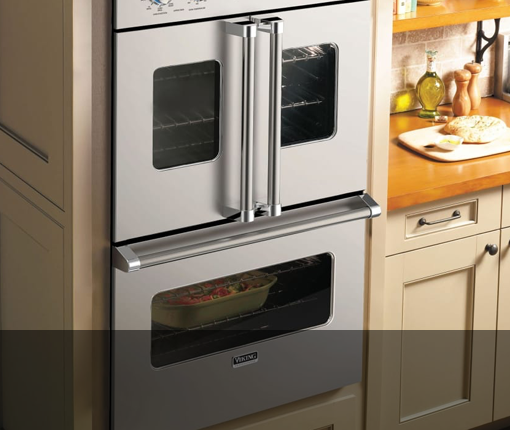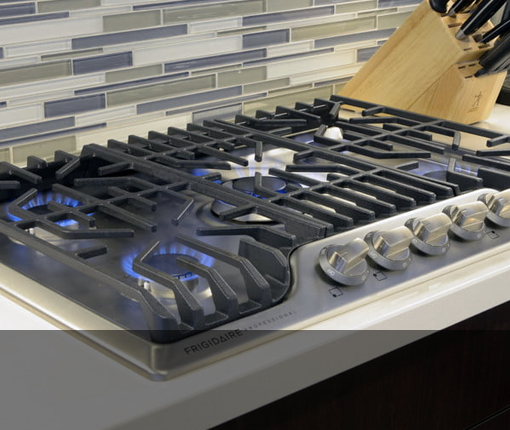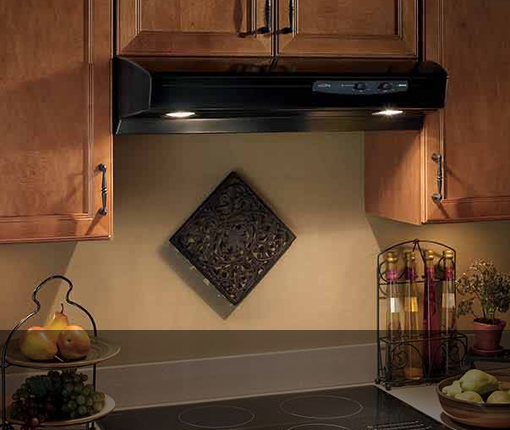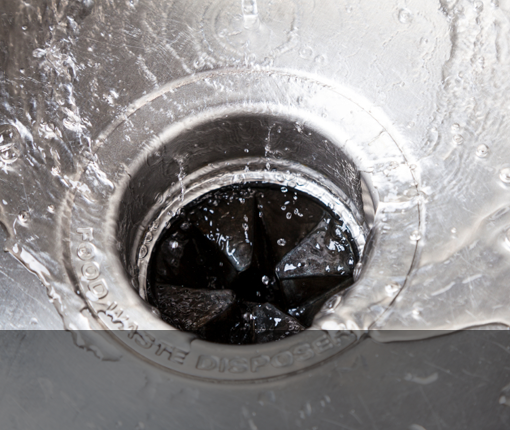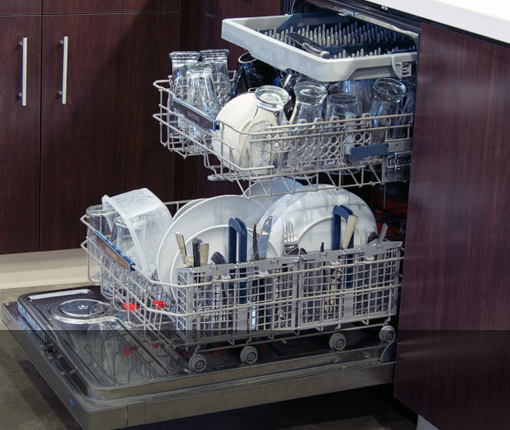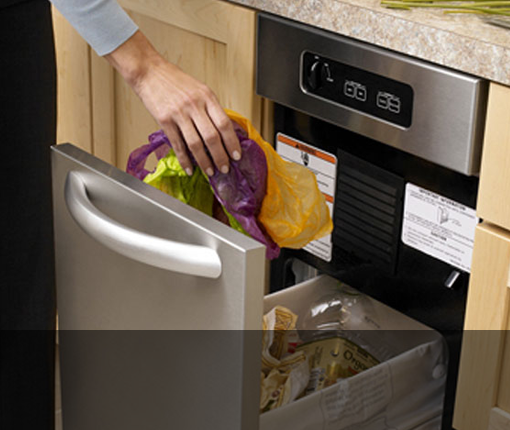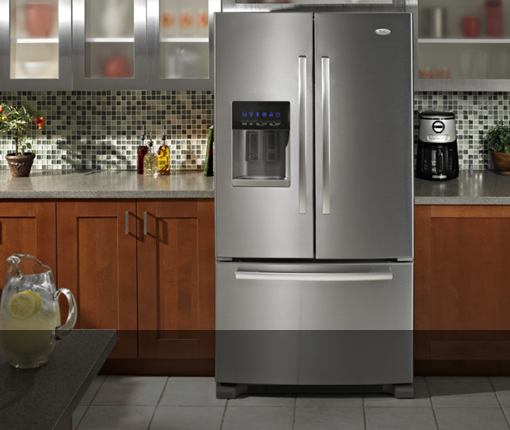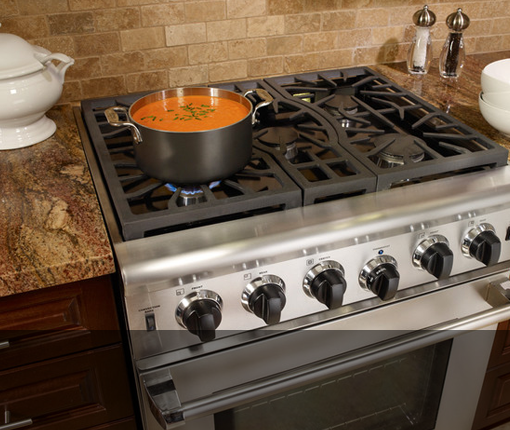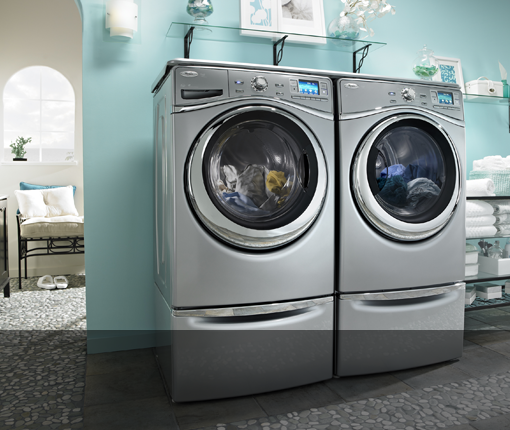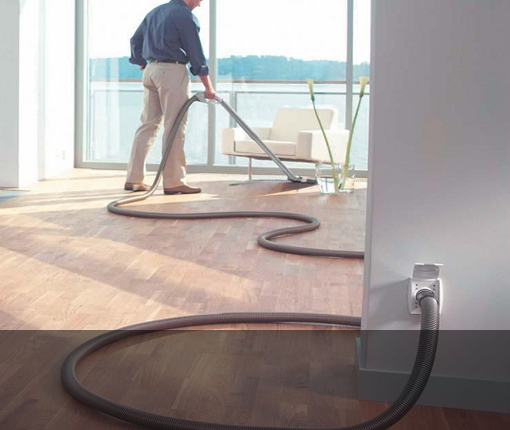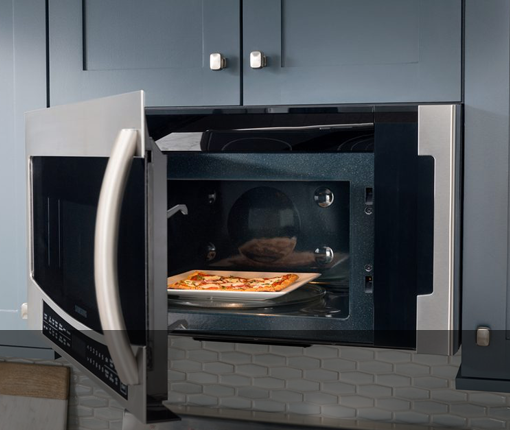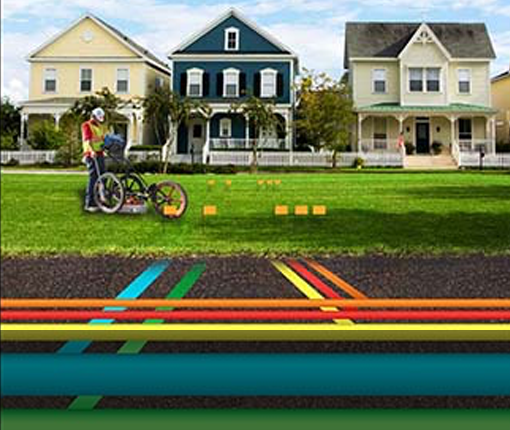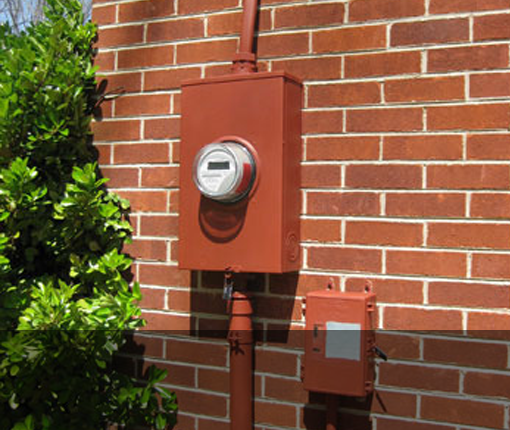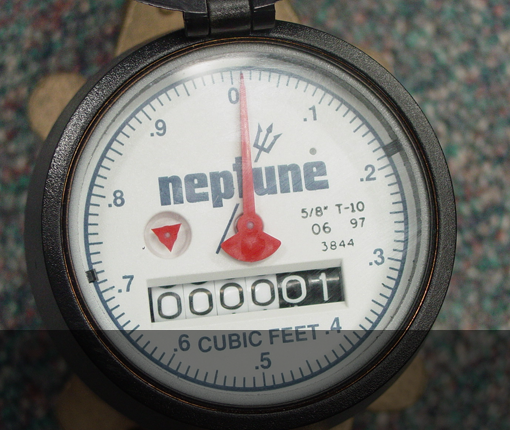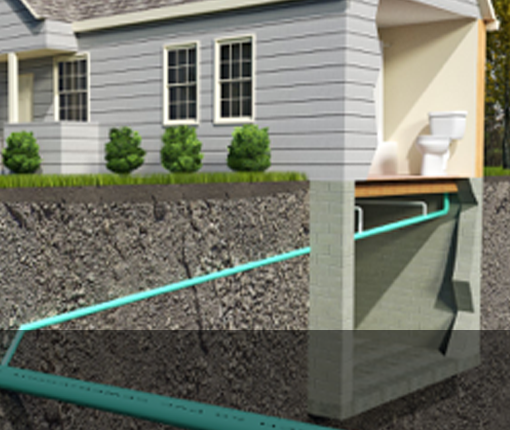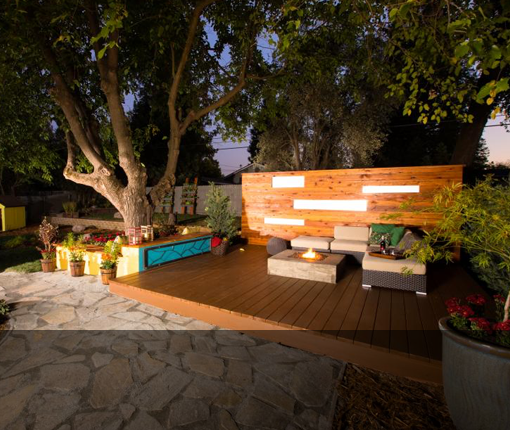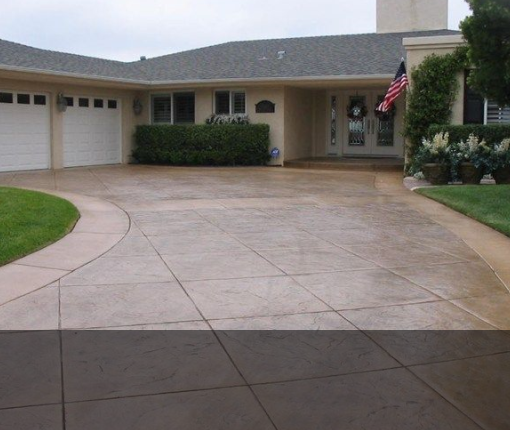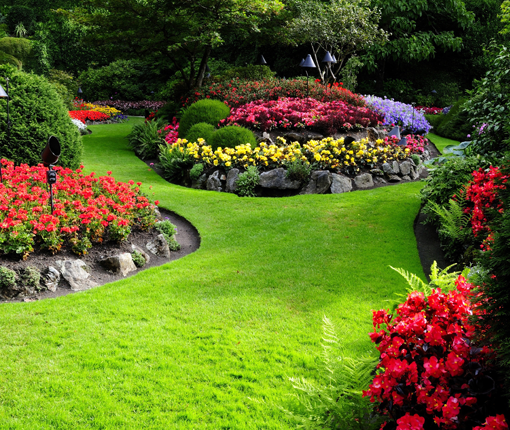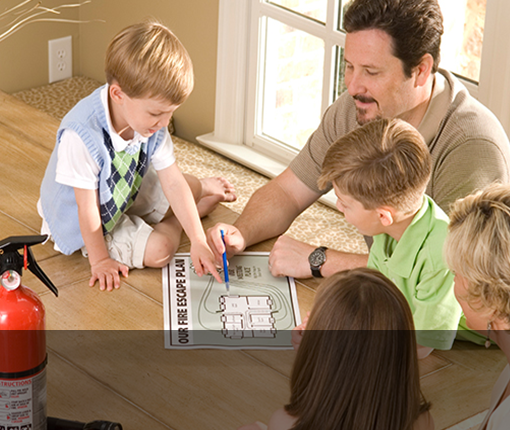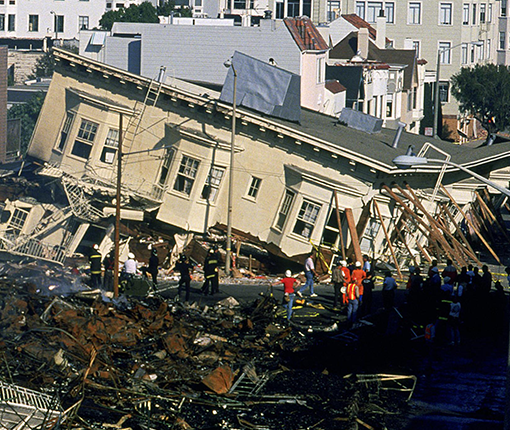High Efficiency Furnaces
Some furnaces are being manufactured now that are amazingly efficient. 90% plus efficiency furnaces use dual heat exchangers to extract more heat from their combustion than normal furnaces. Because of this, they produce much cooler flue gases than those of a mid-efficiency or normal unit. In fact, the exhaust gases are so cold that they can be vented to the outside with a plastic pipe. This simplifies the venting efforts but also generates a large amount of condensation.
Condensation again…
This water comes from two sources. One is from the moisture that was already present in the combustion air. The second source is from the combustion process itself. Hydrogen atoms from the natural gas molecules (methane, CH4) combine with oxygen to form water. Homeowners don’t need to know this part but if you’re into chemistry, here’s the basic chemical equation: CH4 + 2 O2 + heat = CO2 + 2 H2O + heat. This means that during combustion, for every molecule of CO2, you also produce 2 water molecules. This adds up to a lot of water vapor.
Drainage
The condensation needs to be drained out in order for the furnace to work properly otherwise it would accumulate inside the heat exchanger impeding proper gas/combustion. That means some drain plumbing will be involved. Most “90%” furnaces will have at least 2 internal drains, one for the heat exchanger and one for the vent. One will be located at the inducer outlet or on the inducer housing. The secondary heat exchanger outlet is sealed inside a plastic part called the collector box. This is designed to gather the bulk of the condensate and drain it out.
All condensate drains flow into a trap. The condensate trap is mandatory for a high efficiency gas furnace. Since the drain is tied into the exhaust system, there is a potential for exhaust gas to leak into the living space without a trap. This is a bad. Additionally, the inducer motor would suck air through the drain pipe if it were not well trapped. This could affect combustion and prevent proper drainage.
Service the trap
The only downside to the trap is the potential for blockage, so it needs to be serviced regularly. You can have a professional service this or you can do it yourself. Here is how.
If your installation has a vent, then this usually can be cleaned with something as simple as a drain cleaning brush and hot water. You can use a wet-vac combined with pouring water into the air handler drain pan. You will need to cover the vent when using a vacuum.
The process
Hook up the wet vacuum to where ever the drain line ends, and make sure the connection is tight. Use a PVC coupling at the end of the hose to hook it up to the drain line. Turn the vacuum on then go to the air handler and pour water down the drain line from the clean out cap, or better, from the air handler drain pan. You should also be able to hear the vacuum drawing air when you are at the drain line by the air handler. If you don’t, you may have a clogged drain line, or you are connected to the wrong pipe. Just a few minutes of running the vacuum will complete the job.
Air conditioning units that are constantly running or in humid environments are going to get clogged more often.
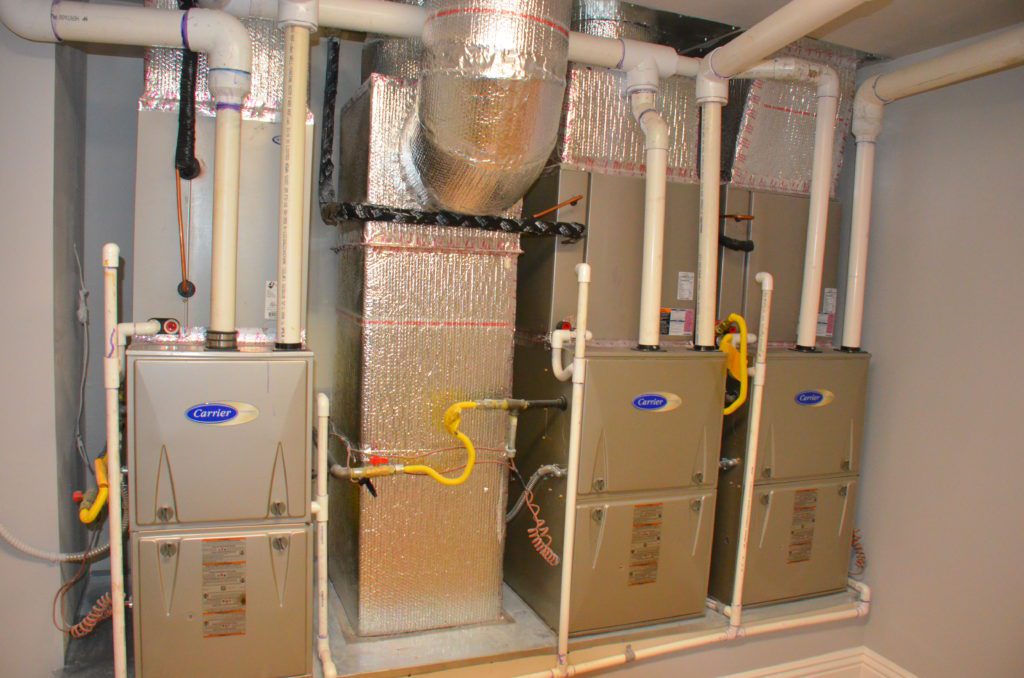
Maintenance Methods to clean a clogged a/c condensate drain line
- If you can locate the end of the drain line, then sometimes you may be able to use a garden hose to break up the clog. I recommend using a nozzle on the garden hose, and slowly apply water pressure into the drain pipe. Small short bursts should be enough to break up the clog. From there I would pour some hot water down the drain at the air handler. If you can use the garden hose to flush the drain pipe from the inside out, you can try that as well until the water is flowing freely.
- Using compressed air. If you have a small portable air compressor this may be another option for the homeowner to clear their condensate line.
- Small hand snake or drain cleaning brush. If the clog is located right at the trap, most of the time it can be pushed through with a drain cleaning brush. If the clog is further down the line, a small hand snake may be an option, depending on how well it can turn the 90 degree bends.
Maintenance
- 4x per year: The trap needs to be cleaned out every quarter. Rinse it out and make sure water flows through the trap properly from all its ports. Any poor flow will require cleaning. Blow through it a few times to get the dirt out. Hotter water helps for stubborn blockages and adding bleach to the line will prevent mold.
- 4x per year: Inspect the drain lines. The need for regular cleaning also means that drains should be installed as much as possible in a way that is water tight yet allows for the trap to be easily removed. I highly recommend using clamped flexible hoses for the drain, as close as possible to the trap. Avoid hard-piping the whole drain, as it will be impossible to remove and clean out the trap.
To-Do
To ensure proper drainage, here are the installation best practices:
- Make sure every component that produces condensate is sloped towards the drain. That means slope the venting down towards the furnace (typically a ¼’’ slope per foot of length, minimum), and also, slope the furnace itself! Look in your install manual, most manufacturers will call for the furnace to be installed with a slight forward pitch to allow condensate to drain from the heat exchanger.
- Slope the drain line itself, obviously. Avoid double trapping and vent the drain after the trap to prevent airlocks.
- Avoid running the drain in an area where it could freeze. That includes running it under the natural fresh air inlet if there is one.
- Finally, note that furnace condensate is acidic, and some states/provinces/countries may require the condensate to be neutralized prior to draining.

